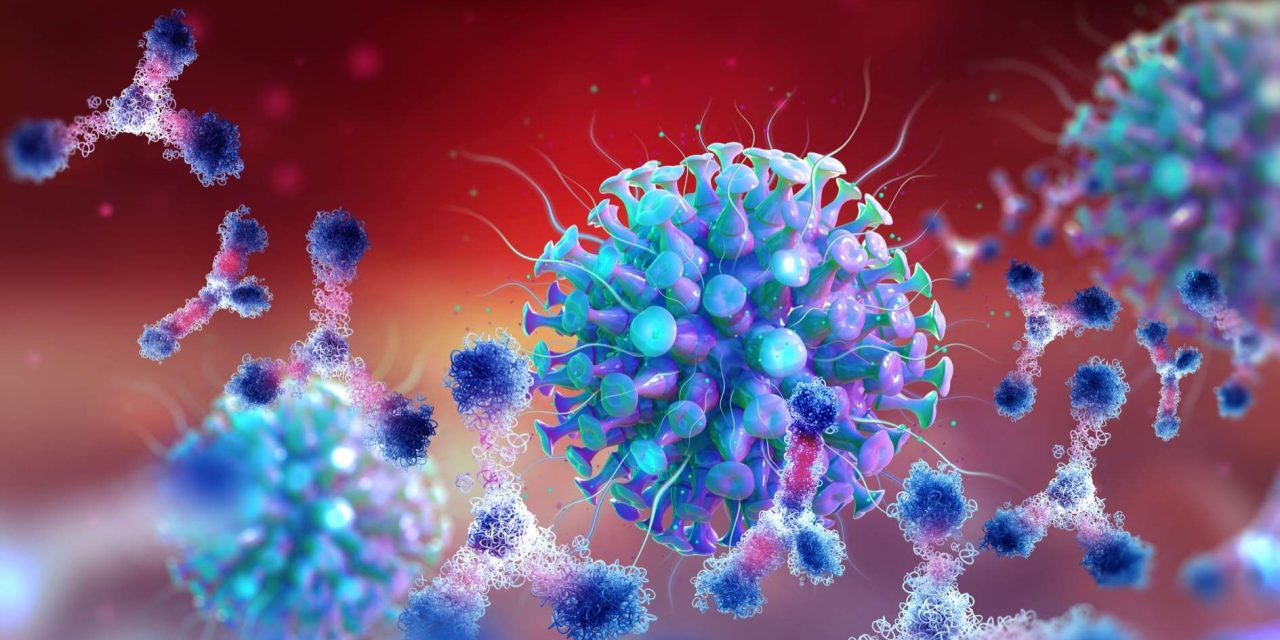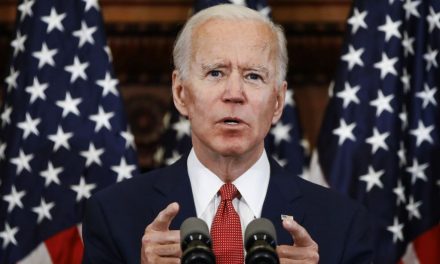The rise of more contagious variants of the coronavirus are threatening an encouraging trend of falling COVID-19 cases across the country.
New U.S. cases of COVID-19 on Sunday dropped below 100,000 for the first time since November, a hopeful sign after a brutal post-Thanksgiving period that saw cases, hospitalizations and deaths spike.
Health officials are urging the public and governors not to ease up on precautions despite the somewhat improved situation, given that measures like wearing a mask and distancing from others are even more important when the virus is more contagious.
In addition, while the trend is going in a positive direction, the levels of cases, hospitalizations and deaths are still much higher than either of the previous peaks in the spring and summer of last year.
There were 96,000 new cases on Sunday, according to the COVID Tracking Project, down from a peak of almost 300,000 in early January. But that is still far above any level experts would consider a goal. It is still higher than the peak of cases over the summer, for example, which was about 75,000 cases per day.
Roughly 3,000 people are dying every day from the virus, and about 80,000 are in the hospital with COVID-19.
Still, the positive trend has spurred some governors to start loosening restrictions.
In Iowa, Gov. Kim Reynolds (R) last week lifted the mask mandate and distancing restrictions on restaurants and bars.
While that is perhaps the most drastic recent move, other states have been taking more gradual steps to ease back. Gov. Andrew Cuomo (D) announced that indoor dining can return at 25 percent capacity in New York City ahead of Valentine’s Day.
Asked about Iowa’s decision, Centers for Disease Control and Prevention (CDC) Director Rochelle Walensky on Monday urged states not to lift precautions, in part citing the rise of new variants of the virus.
“We still have this emerging threat of variants, and I would just simply discourage any of those activities,” she said. “We really need to keep all of the mitigation measures at play here if we’re really going to get control of this pandemic.”
Highlighting the threat of a more contagious variant of the virus first identified in the United Kingdom, a study released Sunday found that the variant is doubling every 10 days in the U.S. and will likely become the dominant strain in many states by March.
Because the variant is 35 to 45 percent more transmissible, experts warn its rise could lead to a sharp spike in cases and hospitalizations.
“We certainly do expect to see a spike in cases” on the current trajectory, said Karthik Gangavarapu, a researcher at the Scripps Research Institute and one of the authors of the study. “We still don’t know how much of a spike it will be.”
Ramping up genomic sequencing to keep track of the prevalence of different variants, as well as additional contact tracing efforts from local public health departments aimed at slowing the spread of the U.K. variant, could both help in the fight, Gangavarapu said.
Ashish Jha, dean of the Brown University School of Public Health, issued a warning by pointing to the example of Ireland, which was hit hard by the new variant. It peaked at 132 new cases per 100,000 people in early January.
“US has never seen numbers like that. Only the Dakotas had infection rates that high,” Jha wrote on Twitter.
Jha added he is “optimistic about late spring and summer,” given that vaccines will be more widely available by then, but he said the next few weeks are more worrisome.
While there are not enough available vaccines to immunize everyone in the next couple of months, and there are logistical challenges in getting shots into millions of arms, the faster the vaccination campaign can go, the more any spike from the new variant will be blunted.
Encouragingly, the vaccines appear to work well against the U.K. variant.
But another variant, first identified in South Africa, is more concerning based on the initial data. The results so far have suggested some drop-off in how well vaccines work with the South African variant. That variant has also been found in the U.S., but is less prevalent so far.
Tom Frieden, a former CDC director, wrote that the recent improving trends are likely due to a continued recovery from the post-holiday peak, when a surge in travel and indoor gatherings led to spikes.
“Now is not the time to let our guard down,” he wrote on Twitter. “We’re making progress with vaccines, but variants are coming.”
The Hill





